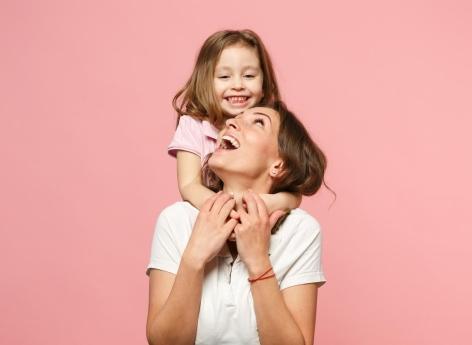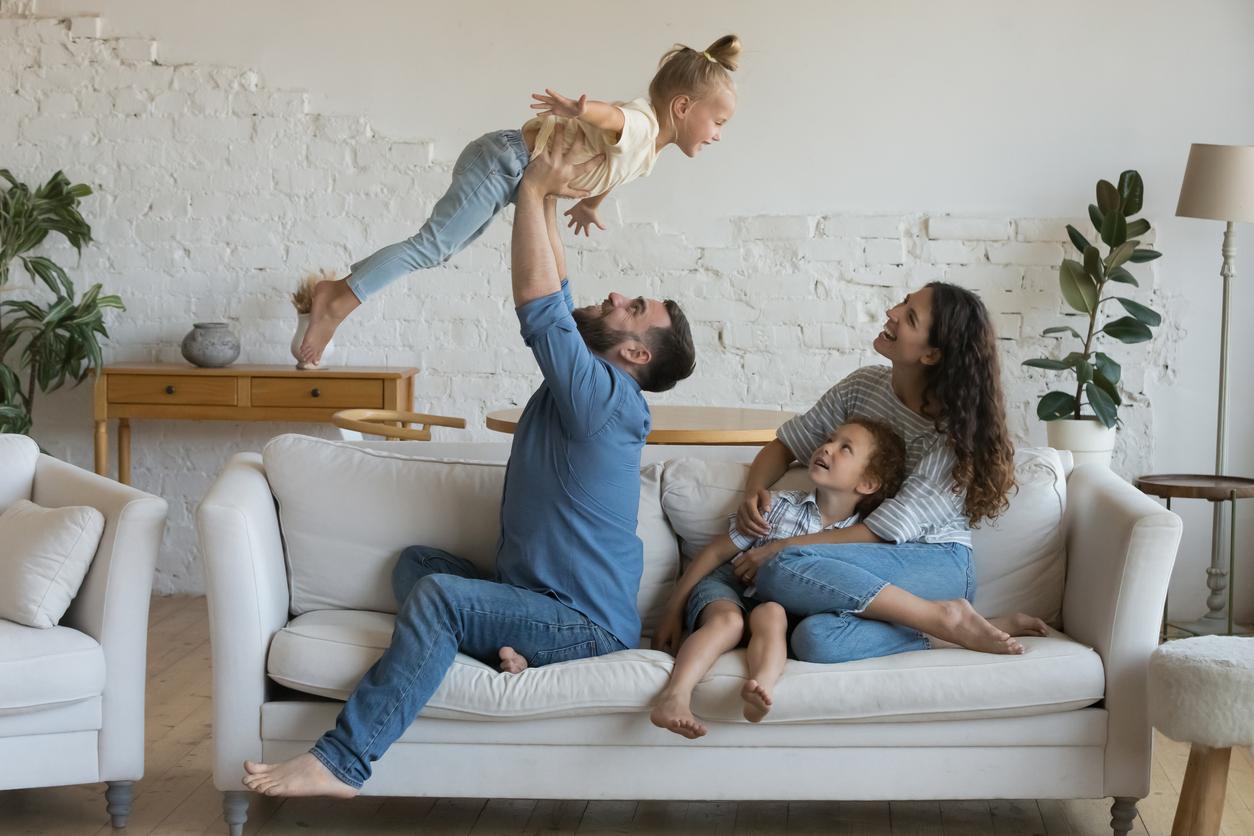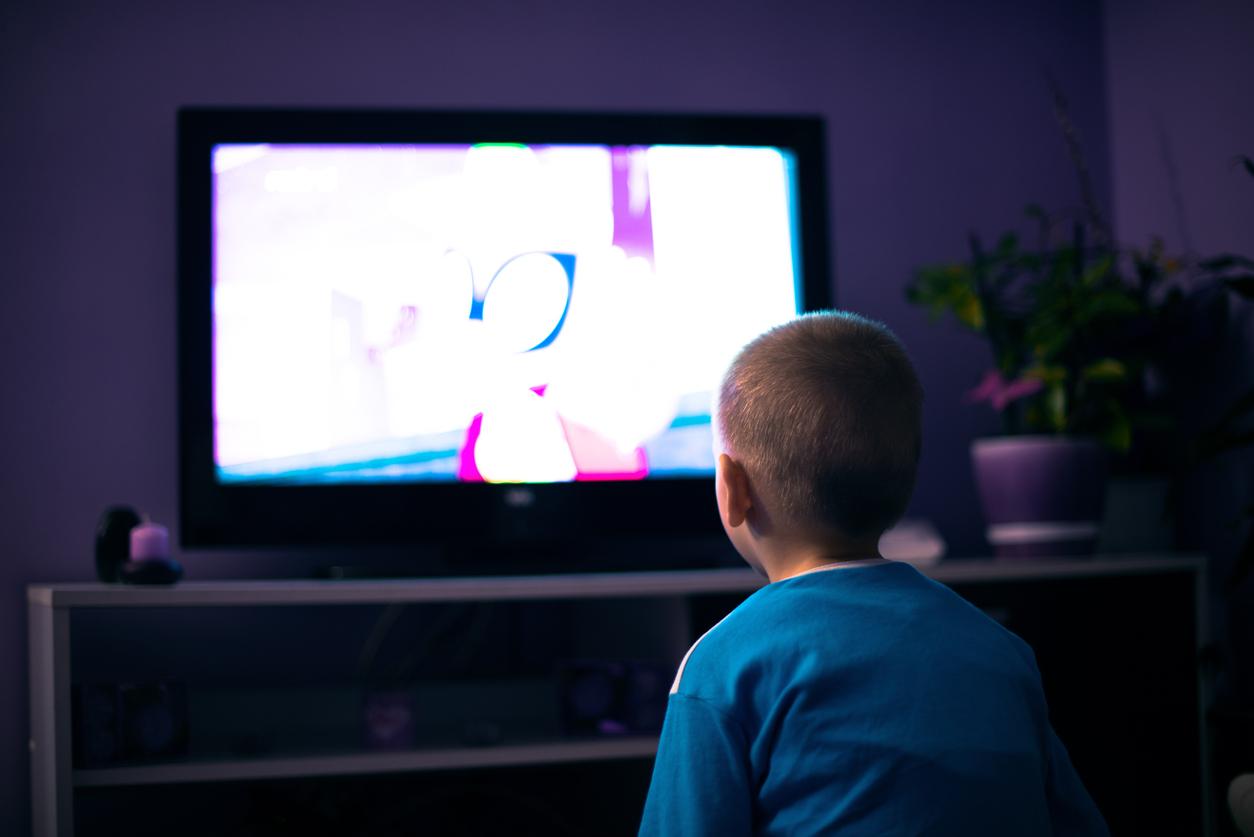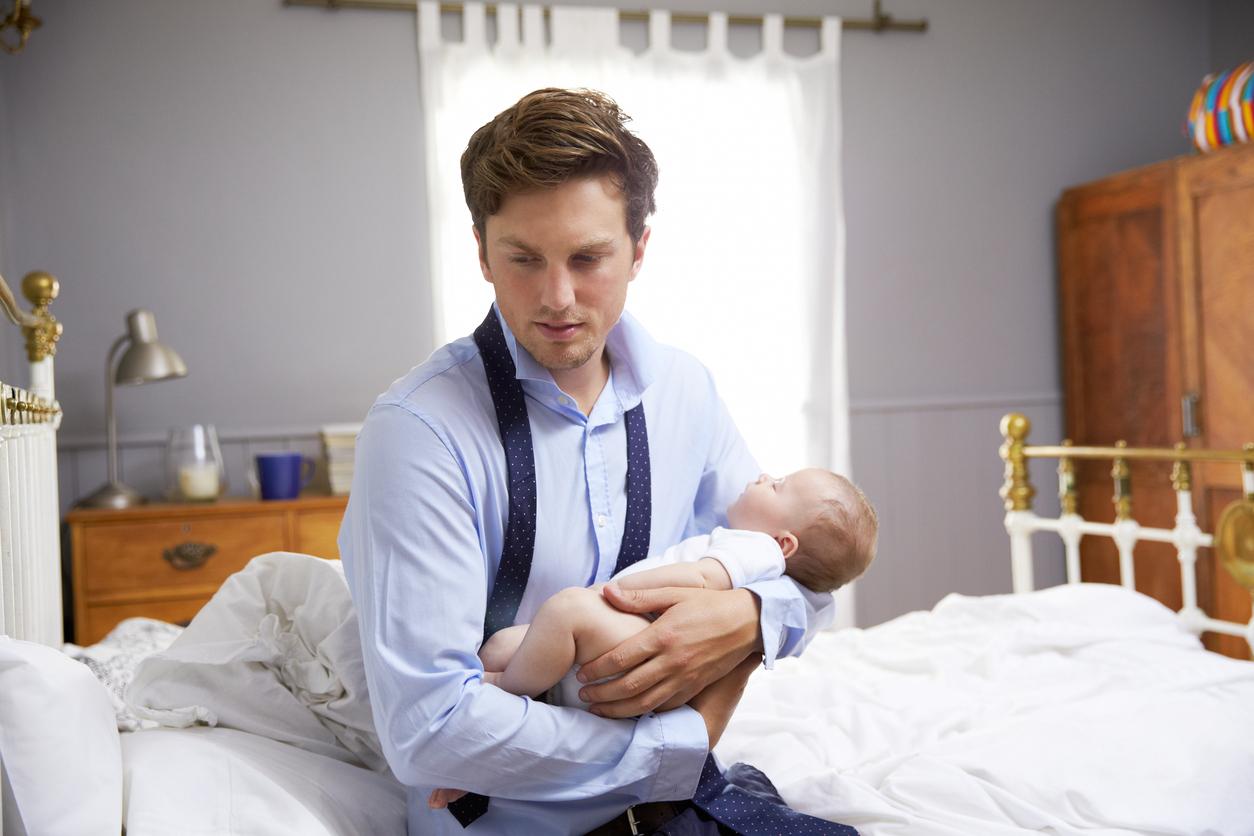In France, migraine affects 8% of children and adolescents, or one million young people.

- In France, migraine affects 8% of children and adolescents, or one million people.
- Very disabling, this disease can have serious consequences on the school career.
- “There is a legal system, “the PAI (Individualized Reception Project)”, which makes it possible to best organize the life of the child in the establishment by specifying their therapeutic needs”, underlines the association la Voix des migraine sufferers.
It’s a little-known but very real phenomenon: some children suffer from chronic migraines.
“Mostly expressive between the ages of 20 and 50, young people are not exempt: in France, migraine affects 8% of children and adolescents, or one million people. Worldwide, the average prevalence of migraine in child and adolescent is 9% for girls and 7% for boys. indicates in a press release the association the voice of migraine suffererswhich is launching an awareness campaign on this subject.
Migraine in children: what are the symptoms?
In children, migraine triggers symptoms different from those in adults: early pallor, abdominal pain, often severe headache, phonophobia and/or photophobia. In 30% of cases, it can be accompanied by an aura. The attack generally lasts less time in children (2 hours vs 4 hours) and the headache is often bilateral, that is to say it affects both temples or both parts of the forehead.
“Migraine attacks cause the patient to be totally or partially incapacitated to carry out their tasks”, resumes the Voice of Migraineurs. “The impact is therefore severe on the child since these crises can have significant repercussions on their school career (repeated absenteeism with serious consequences on learning and socialization). Sometimes, the pathology even leads to young sick people dropping out of school. and/or a renunciation of higher education”, deplores the non-profit organization.
“Teachers, supervisors and school nurses are helpless when it comes to children with migraines, because they have poor knowledge of the disease and underestimate its impact,” she adds.

Migraine in children: what to do?
However, even if they can still be improved, certain procedures make it possible to better manage chronic migraines in children. “There is in fact a legal system proposed by National Education, “the PAI (Individualized Reception Project)”, which makes it possible to best organize the life of the child in the establishment by specifying their therapeutic needs” , emphasize the activists.
“Our association receives numerous testimonies from parents of children with migraines in distress. With them, we are campaigning for a standard migraine PAI which would define the action to be taken in the event of an attack, as well as the arrangements necessary to limit the triggering factors in the school and extra-curricular environment (canteen, daycare, study) All stakeholders concerned must be aware of it so that its implementation is effective. finally insists Sabine Debremaeker, president of the Voice of Migraineurs.















